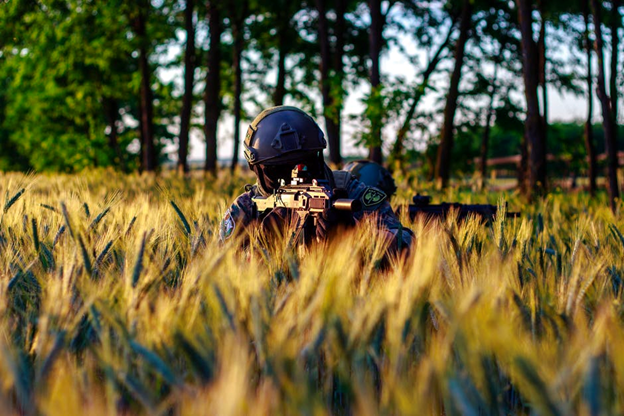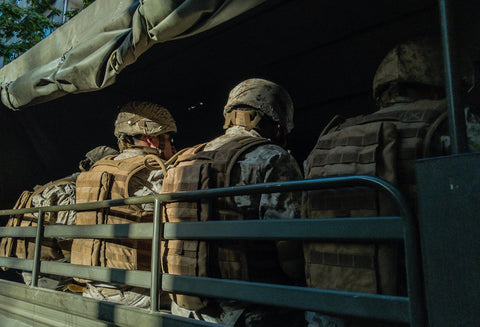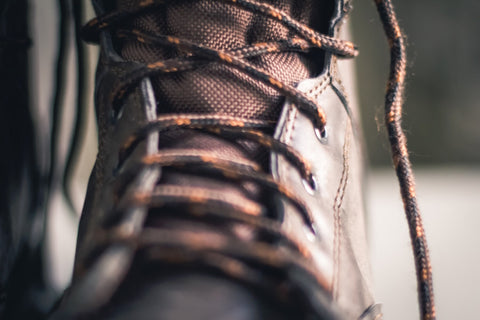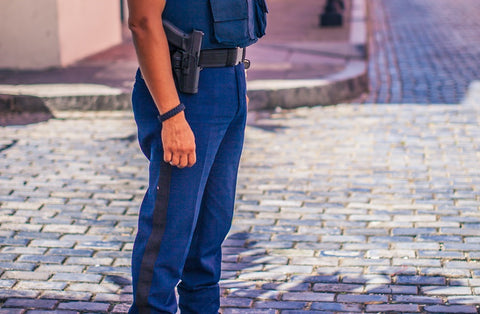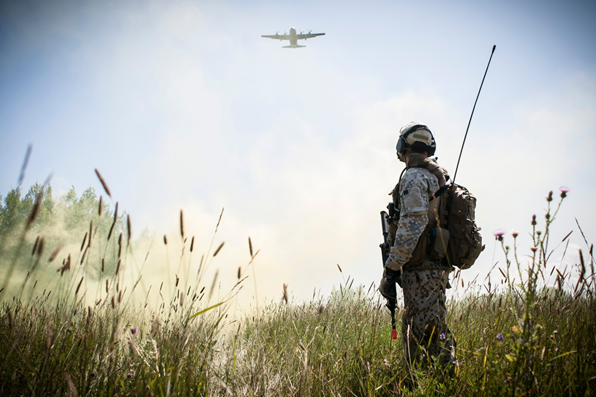Vests or Plate Carriers – Which Should You Choose?
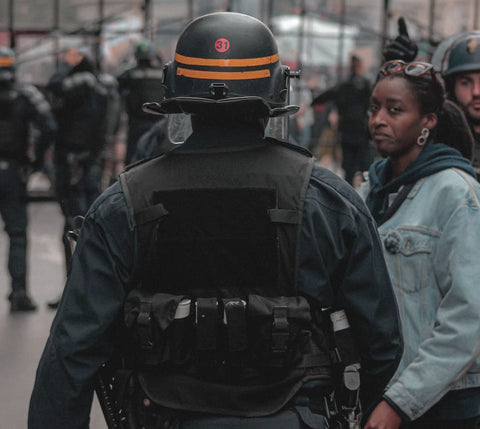
Tips For Selecting the Right Body Armour
If you’re in law enforcement, you know and understand the importance of body armour. But when there are two main options to choose from, making your selection really is dependent on your role, in particular.
In this article, we look at the two options. Bulletproof vests and plate carriers. We will break down the features and benefits of each to help you make your choice.
What Is a Plate Carrier?
A plate carrier is a heavy-duty piece of equipment that is typically worn by law-enforcement or military personnel. However, civilians are free to use them as well.
They are ordinary fabric vests used with armour plates and are usually lined with aramid material. They have pockets in both the front and back where armour plates are inserted. The plates are what offer the protection. Let’s explore some of their main features below.
RECCOMENDED PRODUCT: Tactec Plate Carrier
Key Features
Plate carriers are classified as hard body armour, and their level of protection is based on the plates themselves. Unlike the all-around protection of a bulletproof vest, plate carriers are inserted into sections of a vest to protect very specific areas.
Plate carriers are meant for more extreme gunfire, which would leave you with slim survival chances if you were shot. It you are facing higher ballistic threat levels, ballistic plates in a plate carrier would be your better option.
Pros and Cons
The pros to choosing plates over a bullet proof vest is that you have the ability to choose a range of different protection levels based on where you will be placing the plates. There is more flexibility in terms of protection and location, whereas a bulletproof vest would offer almost a one-size-fits-all approach with more limited protection levels.
What is a Bulletproof Vest?
A bulletproof vest is a type of soft body armour which can protect you from threat levels ranging from IIA to IIIA. These levels refer to gunfire from pistols and handguns.
The higher the level, the more broad the protection level. So, level II vests would be the least protective, offering protection based on the gun being used.
RECOMMENDED PRODUCT: Armor Express - Traverse Molle Ballistic Vest
Key Features
When it comes to a bulletproof vest, weight and concealability are the main differentiators. In many cases, you want your armour to be concealed so that an attacker cannot see which parts of your body may be exposed. They are also far lighter and easier to carry.
Pros and Cons
If you do not require protection from heavy duty weaponry, a bulletproof vest may be your best option. Of course, safety is never something to compromise, but if you do not require heavy duty protection and it is not necessary to sacrifice weight and concealability in exchange for protection, a bulletproof vest may be just what you need. With lighter weight and greater concealability, it is often a good choice for many.
How Do The Two Options Compare?
When comparing the two, the general consensus comes down to protection level and circumstances first, then weight, comfort and concealability. While these are all important factors, safety will always be your first consideration, and the fact is, plates simply offer more hardcore protection. If you’re not in hardcore environments, then you may want to cross plates off your list and look at bulletproof vests.
Factors to Consider
There are several factors to consider when making your choice. Below, we explore some of the questions you’ll want to ask.
Professional Requirements
You will absolutely need to determine what your professional requirements are if this vest is being used in your place of work. Most have guidelines and certifications which must be followed. Make sure you know the policy before you purchase.
Comfort
Comfort is something you will want to consider if you need to be agile and nimble, but not at the expense of safety. In any case, comfort will need to be compromised somewhat. You’re wearing a vest that can save your life and that will require still material. But fit and the type of vest you choose will be directly related to what you will be using the vest for and the level of protection you require in such circumstances.
Protection Level
If you’re going to be directly in the line of fire most of the time, obviously you will want to choose a vest that offers the utmost protection. However, if that is not the case and the level of danger is minimal, you may want to opt for less protection and more agility and comfort.
Weight
Weight becomes a big factor in making your selection. If what you will be using it for requires a lot of activity, such as running, climbing, and maneuvering through obstacles, you will want to keep weight in check. You want to be able to withstand the weight that you’re carrying in the different scenarios you will be faced with.
It’s All in The Details
At the end of the day, which armour you choose really is dependent on your situation. If you are facing low threat levels, bulletproof vests are the ideal and more comfortable option. For high threat levels, however, you will need plate carriers and the plates required to protect you. Your safety should always be number one and everything else comes second. Reach out to your local tactical gear supplier for all the help you need to make your choice.



